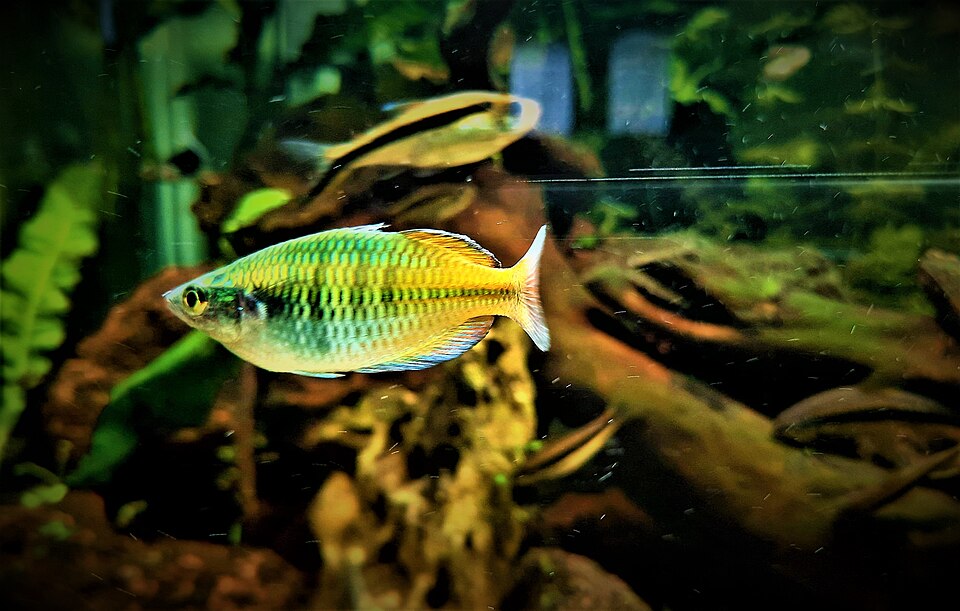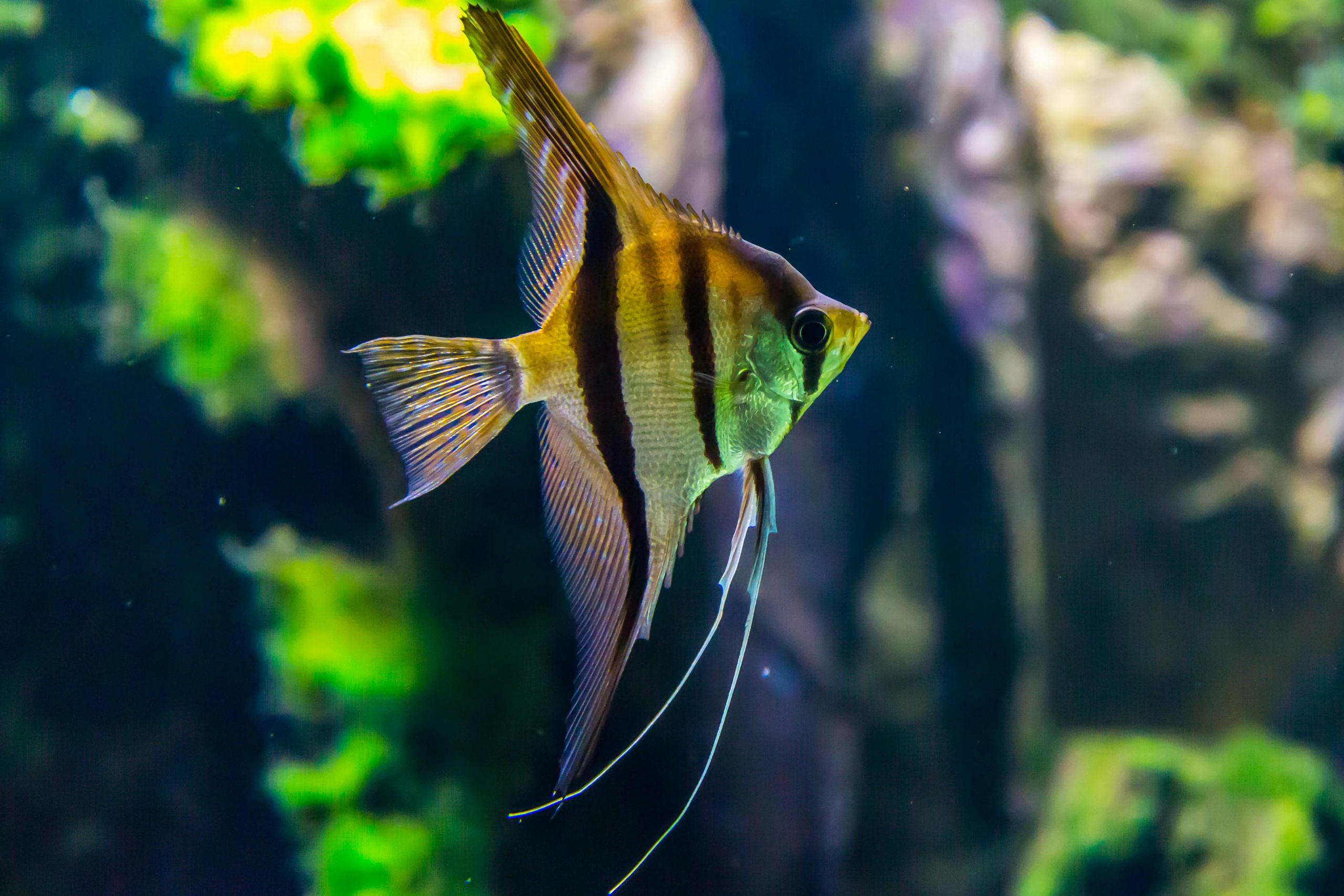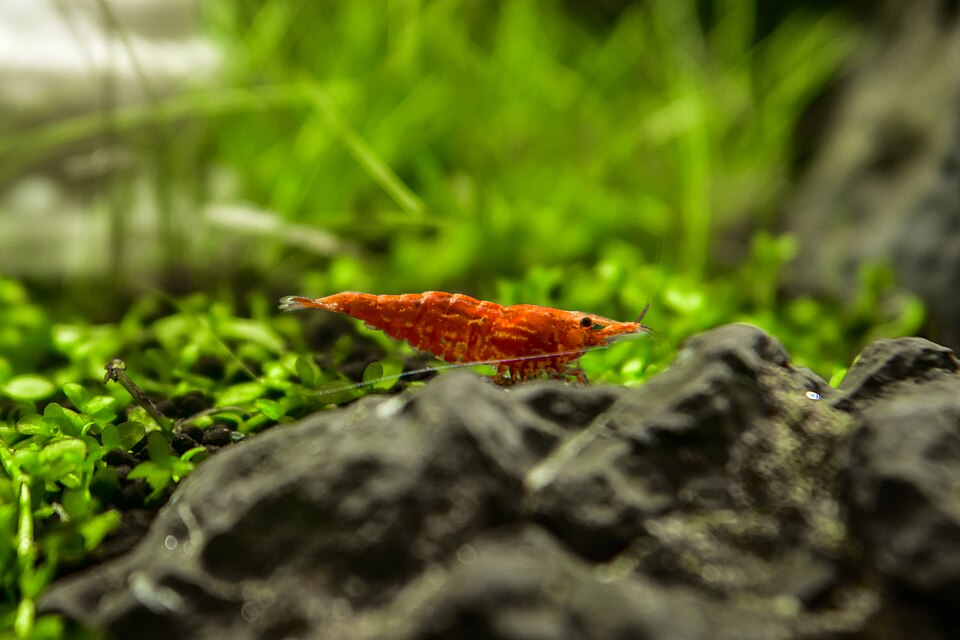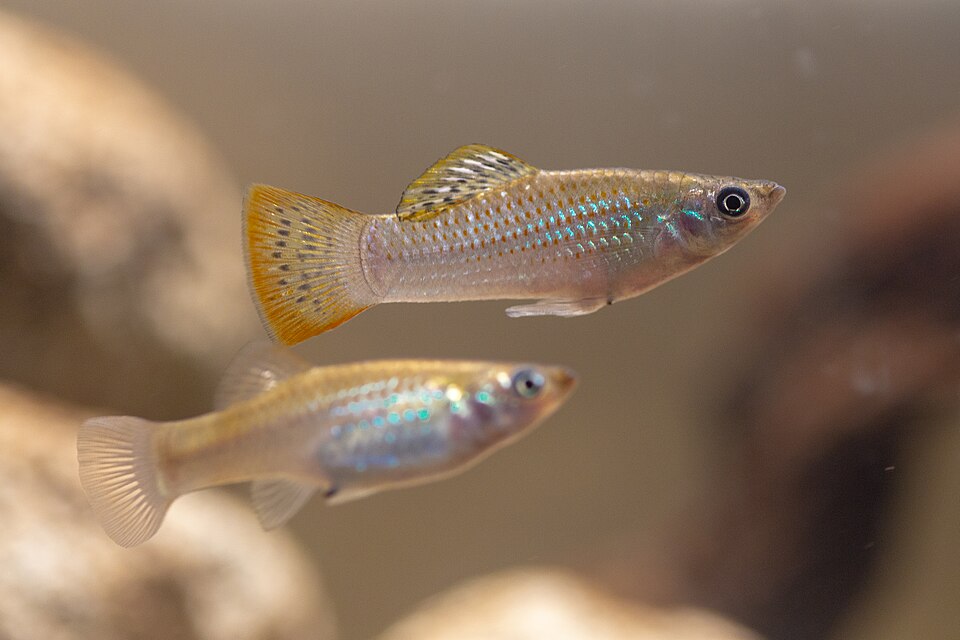Hi there, pet lovers! 🐢
Common Snapping Turtles (Chelydra serpentina) are one of the most fascinating and misunderstood reptiles in the pet world. Known for their prehistoric appearance, powerful jaws, and hardy nature, these turtles are not for the faint of heart. While they may not be the cuddliest or easiest pets to care for, they are incredibly rewarding for the right owner. In this detailed review, we’ll explore everything you need to know about Common Snapping Turtles, from their unique behaviors and care requirements to their long-term commitment and costs. Whether you’re a seasoned reptile keeper or considering your first aquatic pet, this guide will help you decide if a Common Snapping Turtle is the right fit for you.
Overview
Common Snapping Turtles are large, aquatic reptiles native to North America. They are known for their aggressive demeanor, impressive size, and long lifespan. While they are not the most interactive or handleable pets, they are incredibly hardy and fascinating to observe. Here’s a quick summary of what makes them unique:
- Handling and Temperament: Challenging to handle due to their defensive nature and strong bite.
- Care and Maintenance: Requires a large aquatic setup with proper filtration and temperature control.
- Health and Durability: Extremely hardy but prone to obesity and shell issues if not cared for properly.
- Availability: Widely available but subject to legal restrictions in some areas.
- Cost: Affordable to purchase but requires significant investment in setup and maintenance.
- Overall: A rewarding pet for experienced reptile enthusiasts who can meet their specific needs.

Why Choose a Common Snapping Turtle?
Common Snapping Turtles are not your average pet. They are best suited for experienced reptile keepers who are looking for a unique, long-term commitment. These turtles are incredibly hardy, have fascinating behaviors, and can live for several decades with proper care. However, their large size, aggressive nature, and specific care requirements make them unsuitable for beginners or those looking for a hands-on pet.
If you’re someone who enjoys observing aquatic life and has the space and resources to provide for a large, long-lived reptile, a Common Snapping Turtle might be the perfect addition to your home.
Handling and Temperament
Common Snapping Turtles are not known for their friendly or docile nature. They are defensive animals that prefer to be left alone and can become aggressive when handled. Their powerful jaws and long necks make them capable of delivering a painful bite, so handling should be kept to a minimum and done with extreme caution.
Personality Variations
While all Common Snapping Turtles share a generally defensive temperament, some individuals may be more tolerant of human interaction than others. Long-term captive turtles, especially those raised from a young age, may become somewhat accustomed to their owners and show less aggression. However, even the most “tame” snapping turtle should be handled with care and respect.
Handling Tips
- Minimize Handling: Only handle the turtle when absolutely necessary, such as during enclosure cleanings or health checks.
- Proper Technique: Always support the turtle’s weight from underneath and avoid grabbing it by the tail, as this can cause spinal injuries.
- Protective Gear: Wear gloves to protect your hands from their sharp claws and beak.
- Avoid Surprises: Approach the turtle calmly and avoid sudden movements to reduce stress.
Biting
While Common Snapping Turtles are capable of biting, they rarely do so unless provoked. Their bite force is strong but not as powerful as their larger cousin, the Alligator Snapping Turtle. That said, a bite from a Common Snapping Turtle can still cause injury, so it’s best to avoid putting yourself in a position where a bite could occur.
Care and Maintenance
Caring for a Common Snapping Turtle requires a significant investment in time, space, and resources. These turtles are aquatic and need a large, well-maintained enclosure to thrive.
Enclosure Setup
- Tank Size: Juvenile snapping turtles can start in a 40-gallon tank, but adults will need a much larger space, such as a pond or custom-built enclosure of at least 200 gallons.
- Water Quality: A powerful filtration system is essential to keep the water clean, as snapping turtles produce a lot of waste. Regular water changes are also necessary to maintain water quality.
- Basking Area: Provide a sturdy basking platform with access to UVB lighting to support calcium absorption and overall health.
- Temperature Control: Maintain water temperatures between 72–78°F and a basking area around 85–90°F. Use heaters and thermometers to ensure stability.
Diet
Common Snapping Turtles are omnivores with a strong preference for protein. A balanced diet should include:
- Protein Sources: Live or frozen fish, insects, worms, and occasional whole prey (e.g., mice).
- Vegetables: Leafy greens, squash, and other turtle-safe vegetables.
- Commercial Diets: High-quality turtle pellets can be used as a supplement but should not be the sole food source.
Avoid overfeeding, as obesity is a common issue in captive snapping turtles.
Lighting
While Common Snapping Turtles do not require UVB lighting if their diet is properly supplemented, providing low-level UVB can benefit their overall health. A basking lamp should also be provided to create a warm, dry area for the turtle to rest.

Health and Durability
Common Snapping Turtles are incredibly hardy and can live for several decades with proper care. However, they are not immune to health issues, particularly those related to poor husbandry.
Common Health Issues
- Shell Rot: Caused by poor water quality or inadequate basking areas.
- Respiratory Infections: Often the result of incorrect temperature or humidity levels.
- Obesity: A common issue in captive turtles due to overfeeding or a diet too high in fat.
Preventative Care
- Maintain clean water and proper filtration.
- Provide a balanced diet and avoid overfeeding.
- Ensure access to UVB lighting and a proper basking area.
- Schedule regular veterinary check-ups to monitor the turtle’s health.
Availability and Cost
Common Snapping Turtles are widely available through pet stores, breeders, and reptile expos. However, their availability may be restricted in some areas due to legal regulations.
Where to Buy
- Breeders: The best option, as they can provide healthy, well-cared-for turtles.
- Reptile Expos: A great place to meet breeders and see a variety of turtles.
- Pet Stores: Less ideal, but some stores carry Common Snapping Turtles.
Cost
- Turtle Price: $20 to $50 for hatchlings.
- Setup Cost: $300 to $600 for a proper enclosure, filtration system, and lighting.
- Ongoing Costs: Food, water treatments, and electricity for heating and filtration.
Pros and Cons
Pros
- Fascinating to observe and interact with.
- Extremely hardy and long-lived.
- Relatively low-maintenance compared to other large reptiles.
- Affordable to purchase.
Cons
- Challenging to handle and not suitable for beginners.
- Requires a large, expensive setup.
- Can become aggressive and deliver a painful bite.
- Long lifespan requires a significant commitment.

Final Thoughts
Common Snapping Turtles are not for everyone, but they can be incredibly rewarding for the right owner. Their unique appearance, fascinating behaviors, and hardy nature make them a standout choice for experienced reptile enthusiasts. However, their large size, aggressive temperament, and specific care requirements mean they are best suited for those who have the space, resources, and dedication to provide for them.
If you’re considering a Common Snapping Turtle, we recommend doing thorough research and consulting with experienced keepers or breeders. With proper care, these remarkable turtles can be a lifelong companion and a truly unique addition to your home.
Have you owned a Common Snapping Turtle? Share your experiences and tips in the comments below! We’d love to hear how you care for your turtle and what makes them special to you.
For more reptile care tips and reviews, stay tuned to our blog and don’t forget to subscribe to our newsletter! 🐢








Leave a Reply